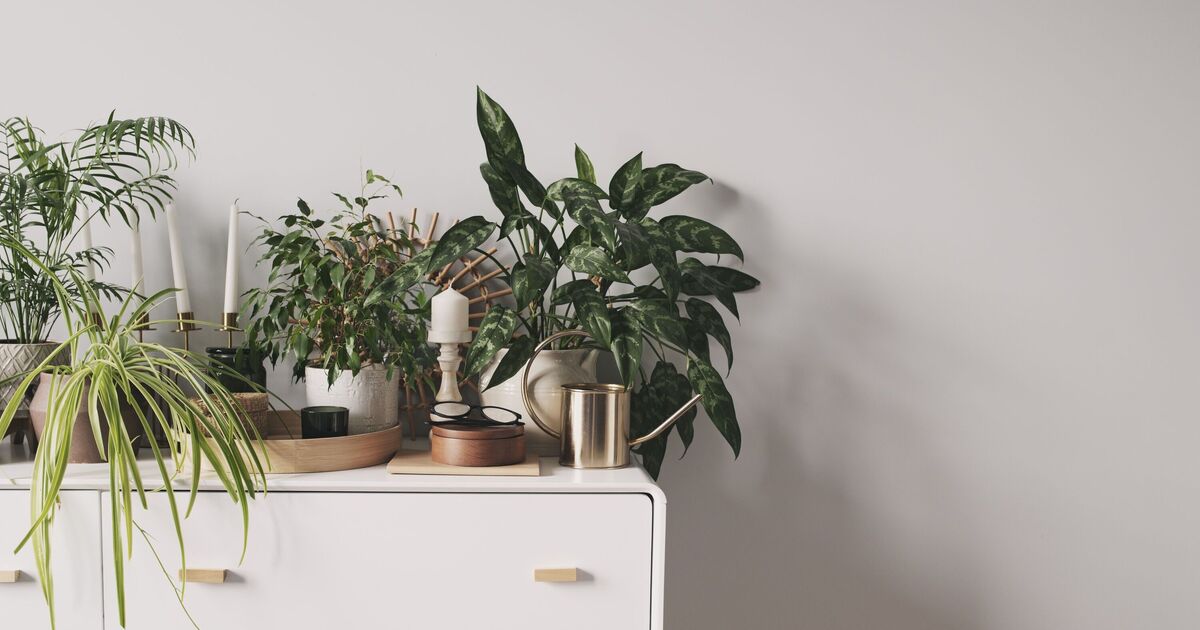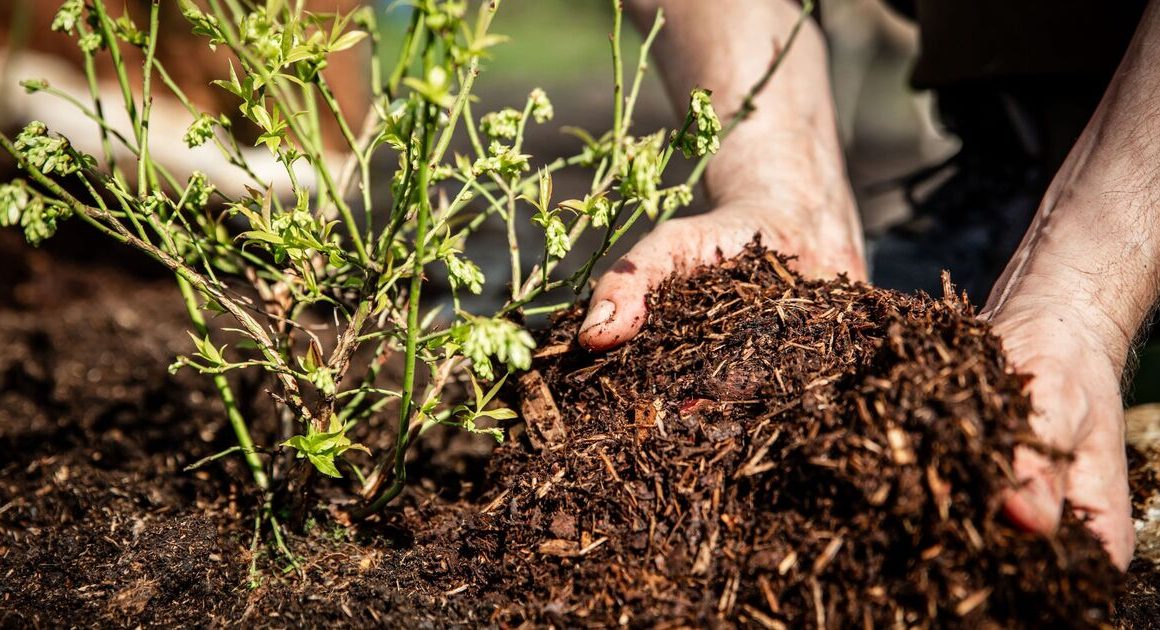Certain houseplants have fewer care requirements compared to others, but it can be tricky to know which ones.
Experts from Stelrard have researched to find out which houseplants are “virtually impossible” for owners to kill and how to look after them.
Money tree
The experts said: “Who says money doesn’t grow on trees? Well not literally with the money tree, but it is believed to bring good luck to whoever owns this plant.
“Simply water it weekly and place it in direct and partial sunlight.”
The tree also needs plenty of room to grow and if it does need repotting, spring is the best time to do so.
Peace lily
If looking for a low-maintenance but gorgeous houseplant, the experts recommend a peace lily.
The pros noted: “This is perhaps one of the easiest plants to take care of, it prefers bright, indirect sunlight but can tolerate lower light levels. It produces an attractive white flower that can last for weeks.”
It will flower through spring, but if cared for, can flower for longer periods of time. They can be sensitive to tap water, so if possible, water with filtered water.
Spider plant
According to the pros, this is one of the most adaptable and easiest houseplants to grow.
The experts said: “You can basically forget about this plant and it will still thrive in your home.
“Does that make it the ideal plant maybe? Just watch out because if you have cats this plant is mildly hallucinogenic and slightly addictive for some.”
Taking care of a spider plant is simple, don’t overwater it and allow it to dry out in between watering it.
Devil’s ivy
Also known as the pothos houseplant, this is a hugely popular plant when it comes to decorating your home.
The experts added: “They’re pretty adaptable too, so will be happy indoors or even in a shady outdoor space.
“They will need a little bit of indirect sunlight, and some water when the soil starts to feel dry.”
Other unkillable houseplants include aloe vera, corn plant, panda plant and the Chinese evergreen.












